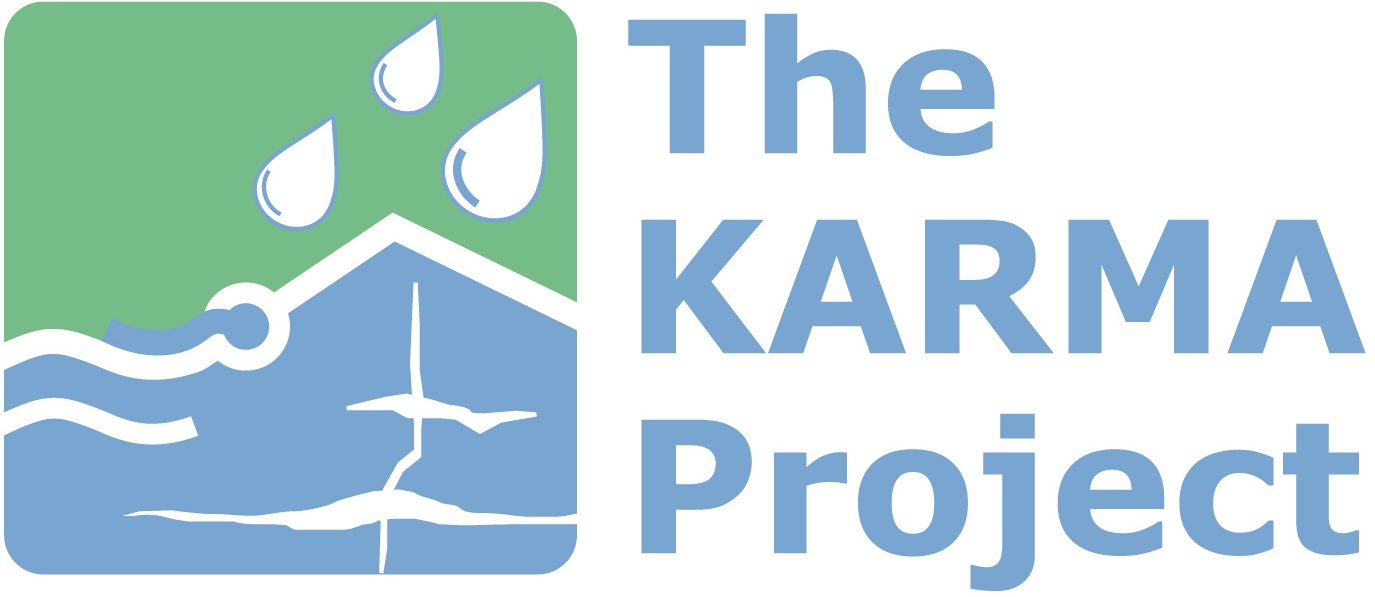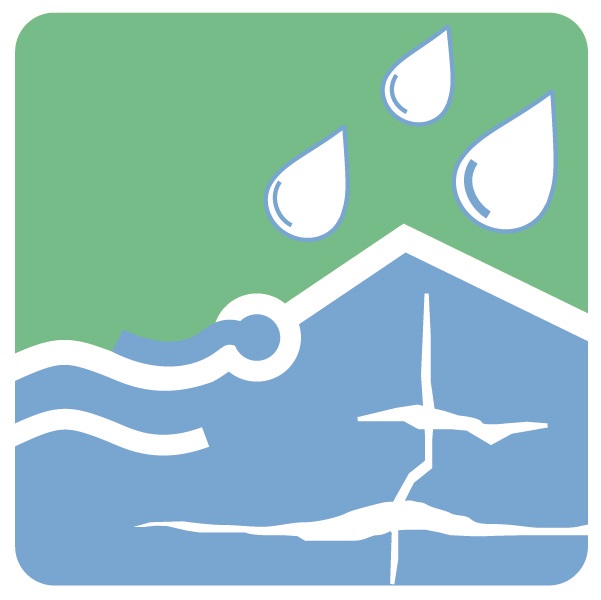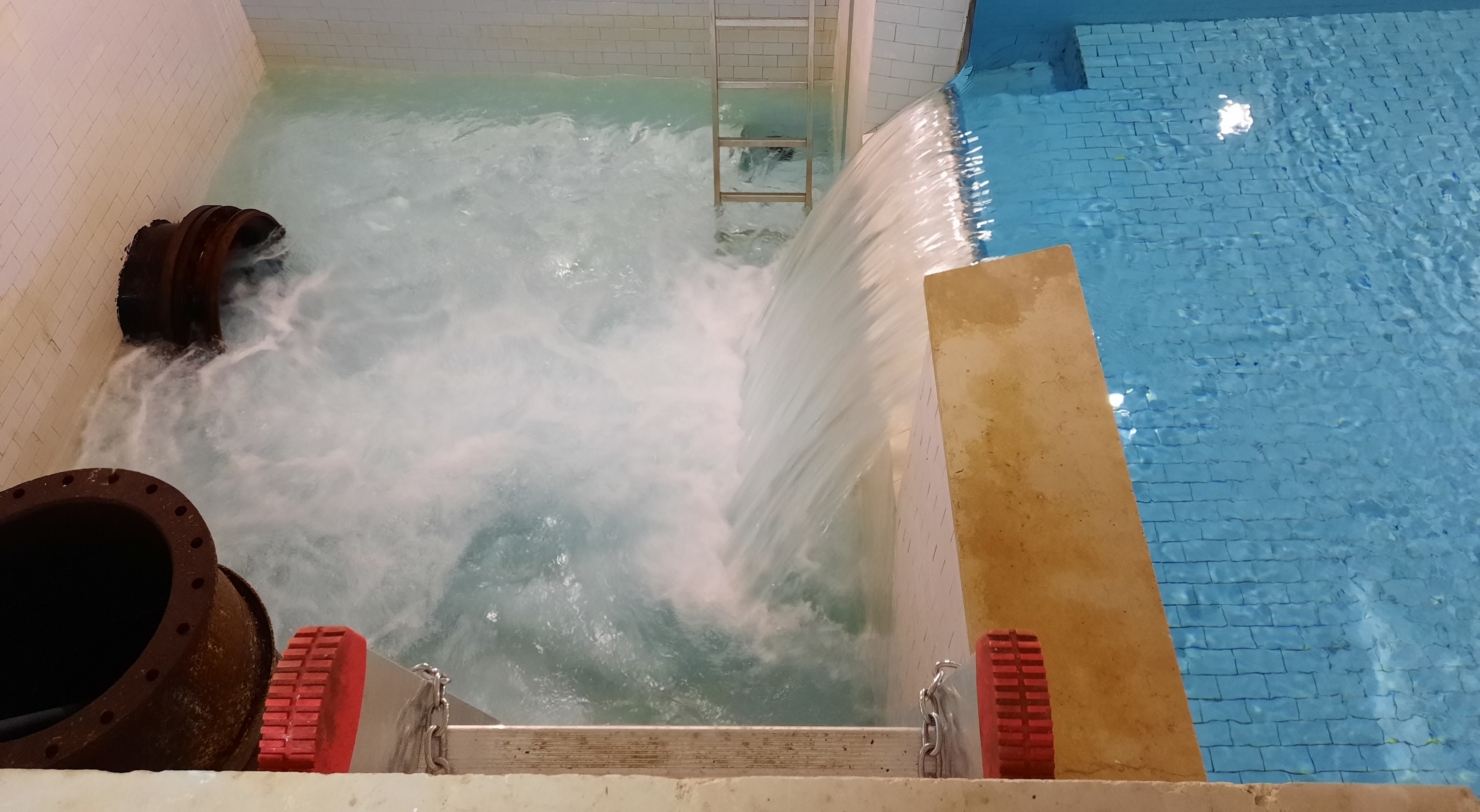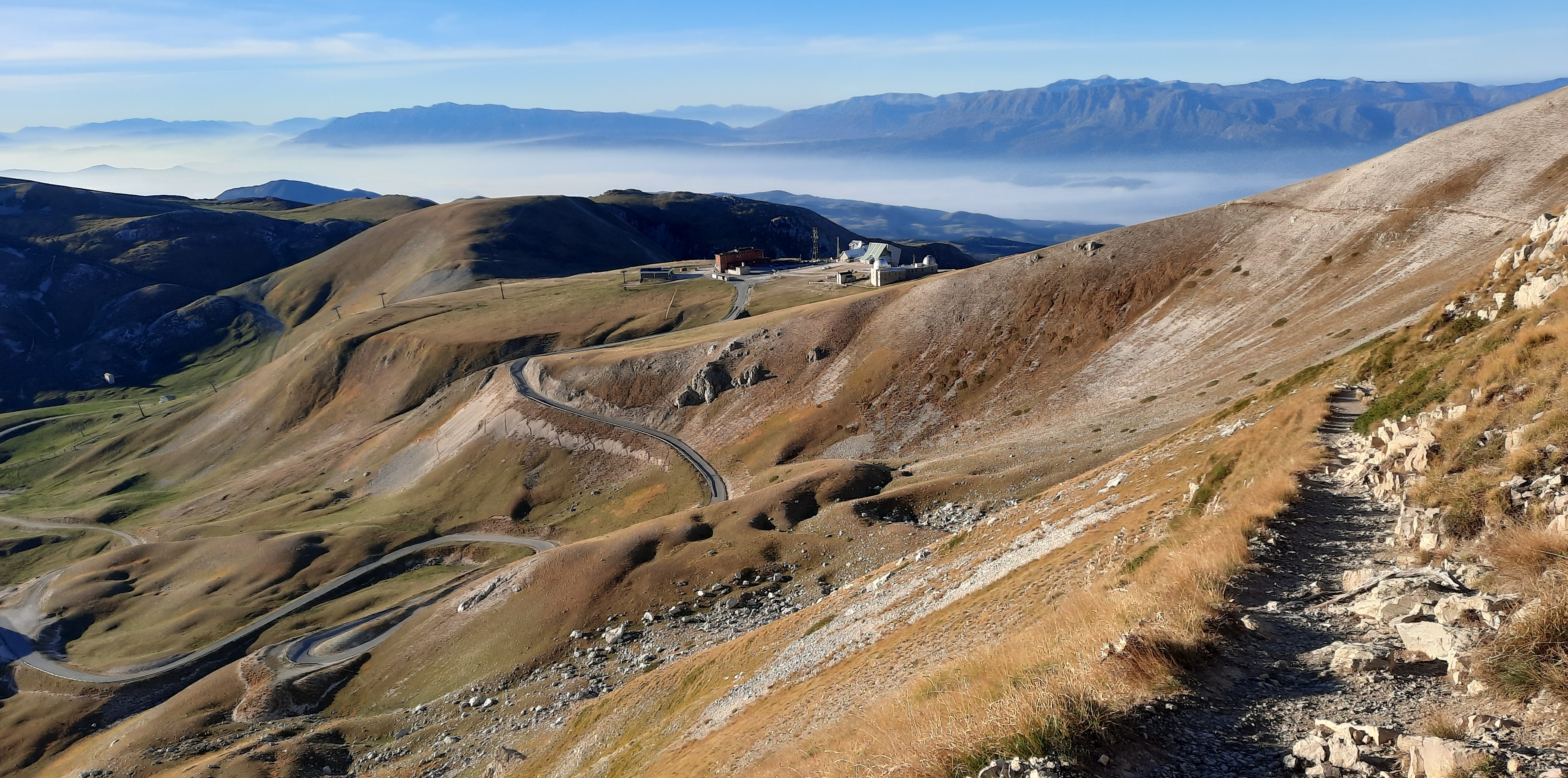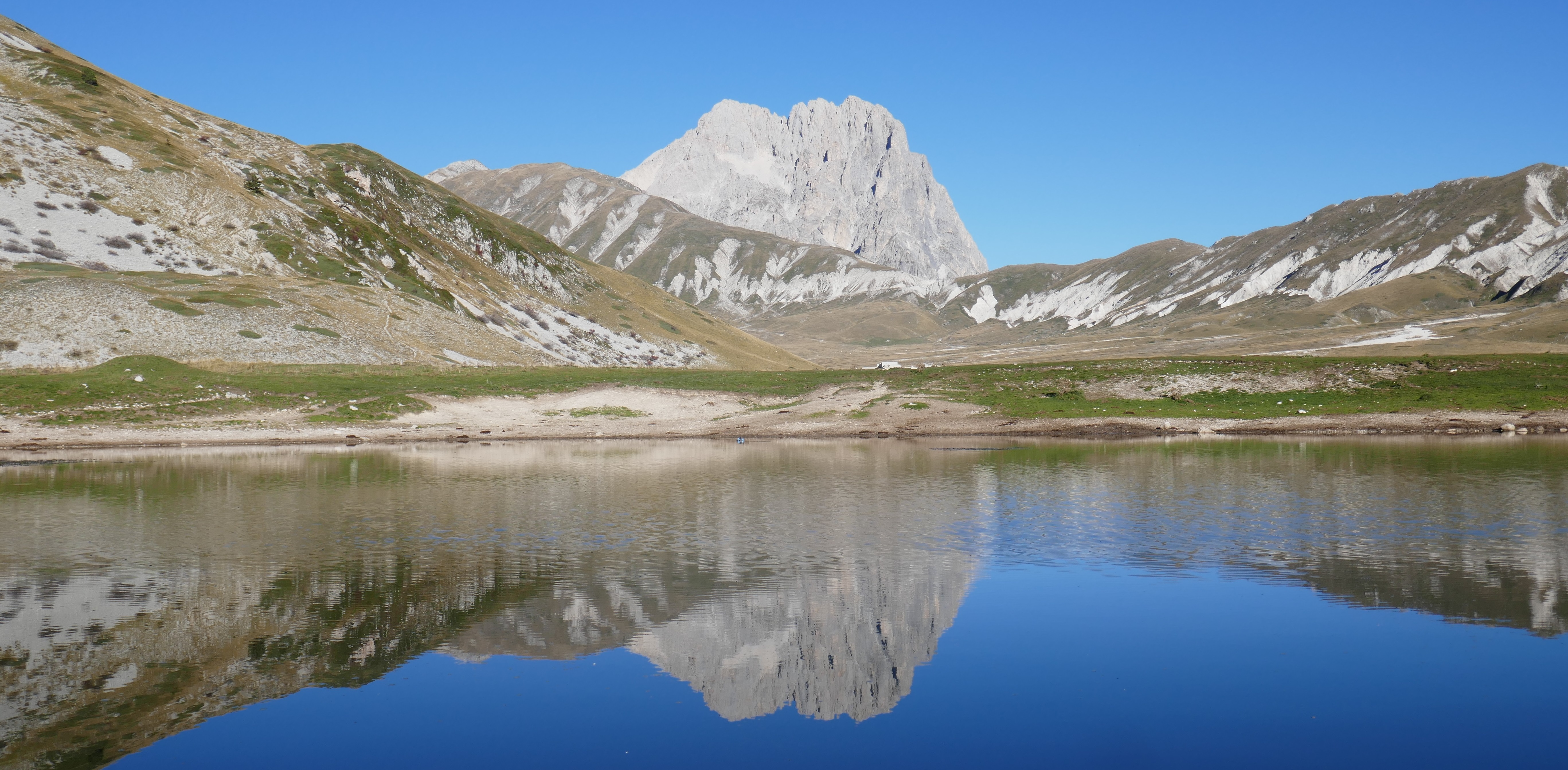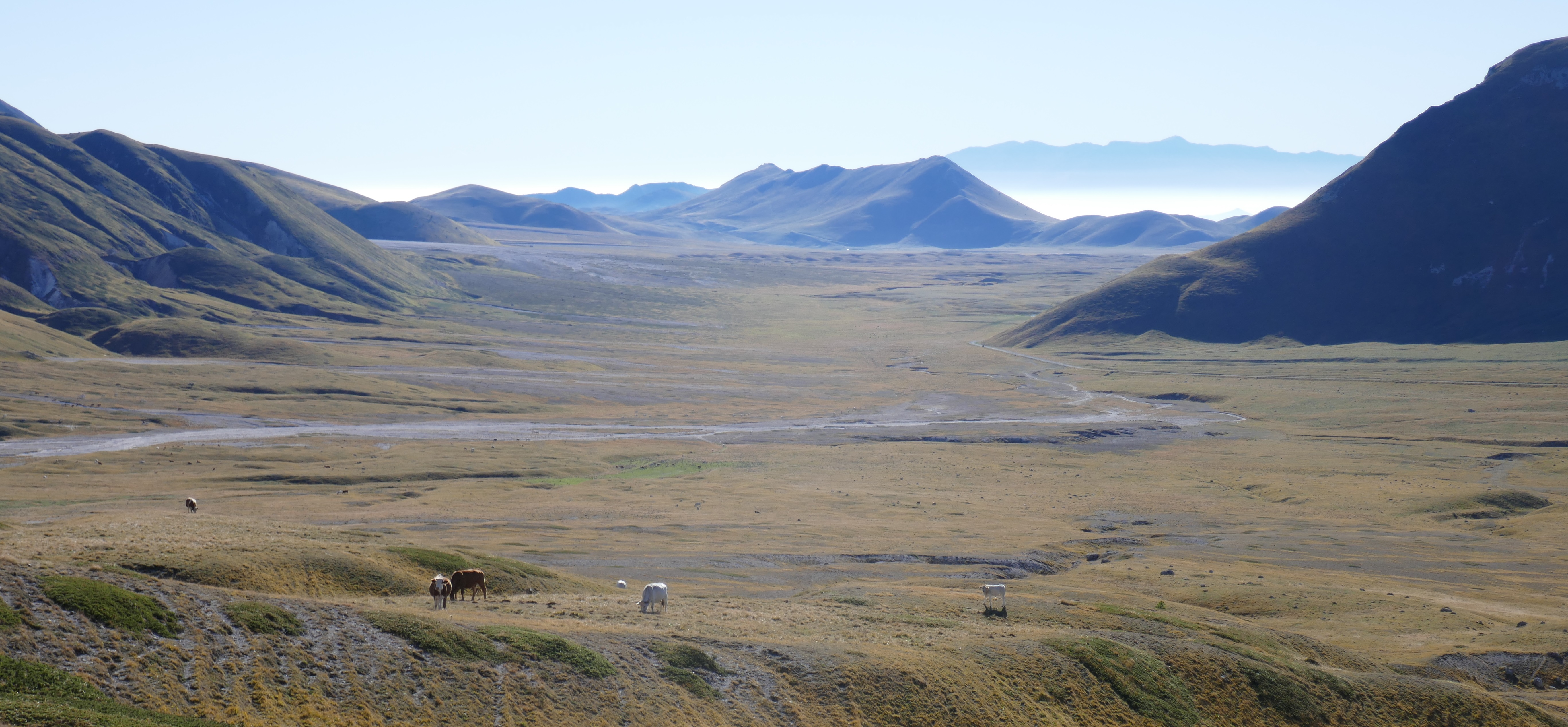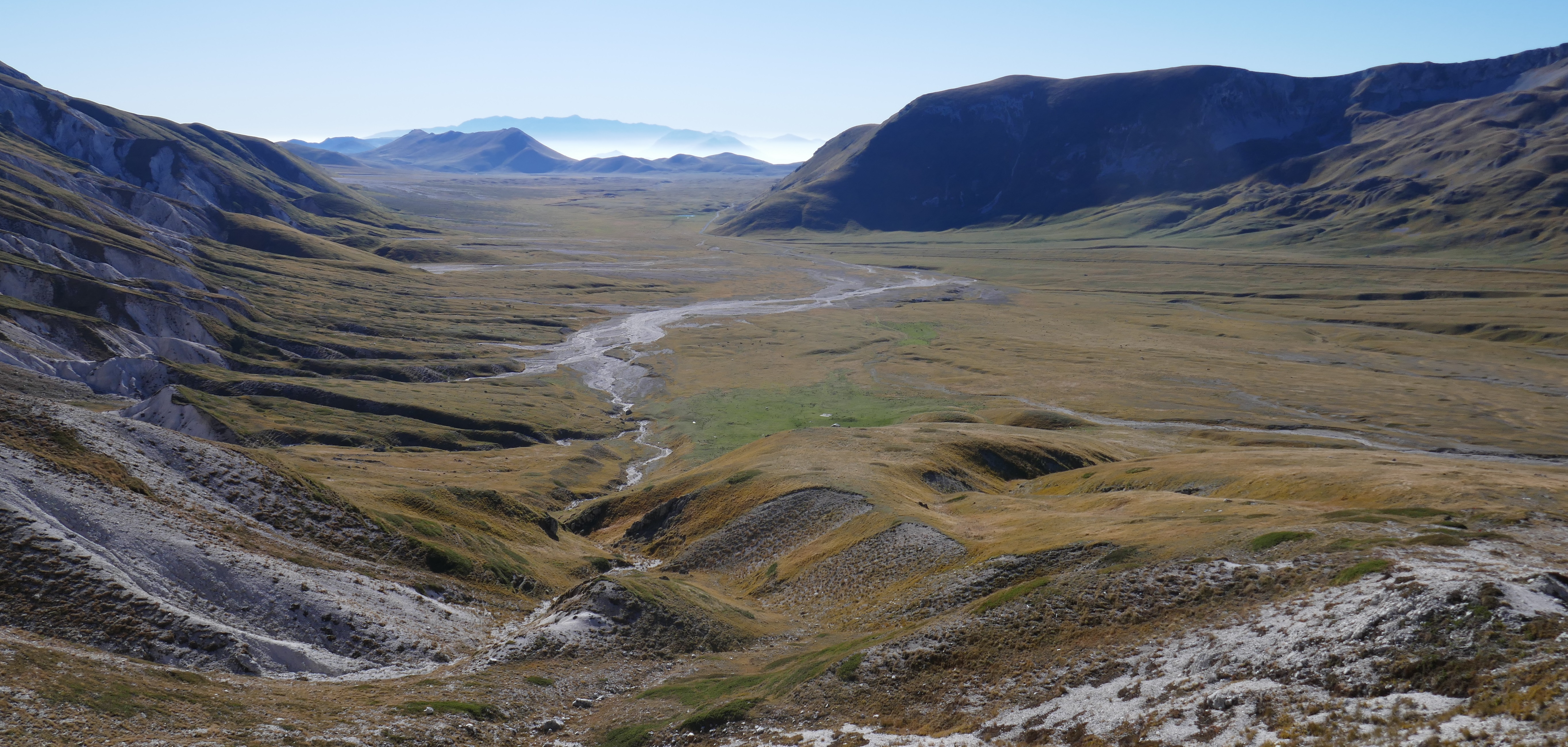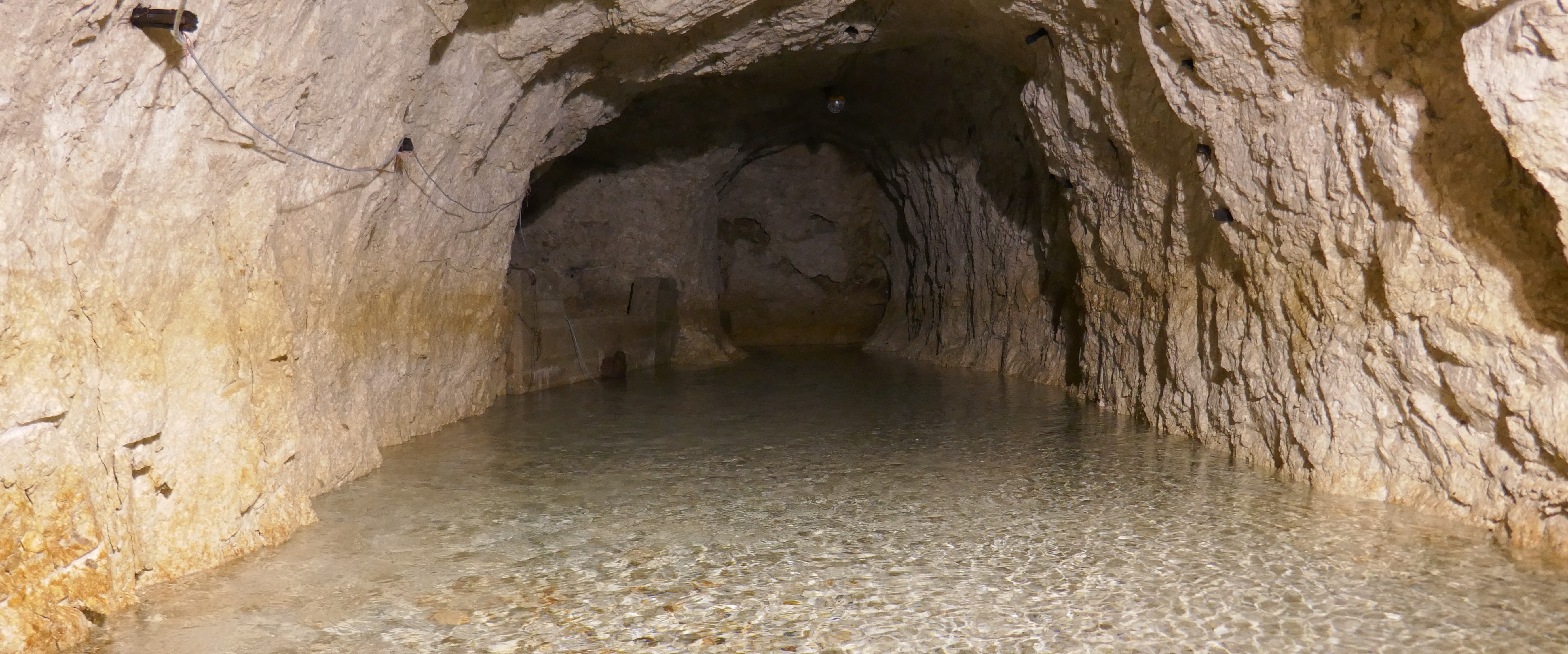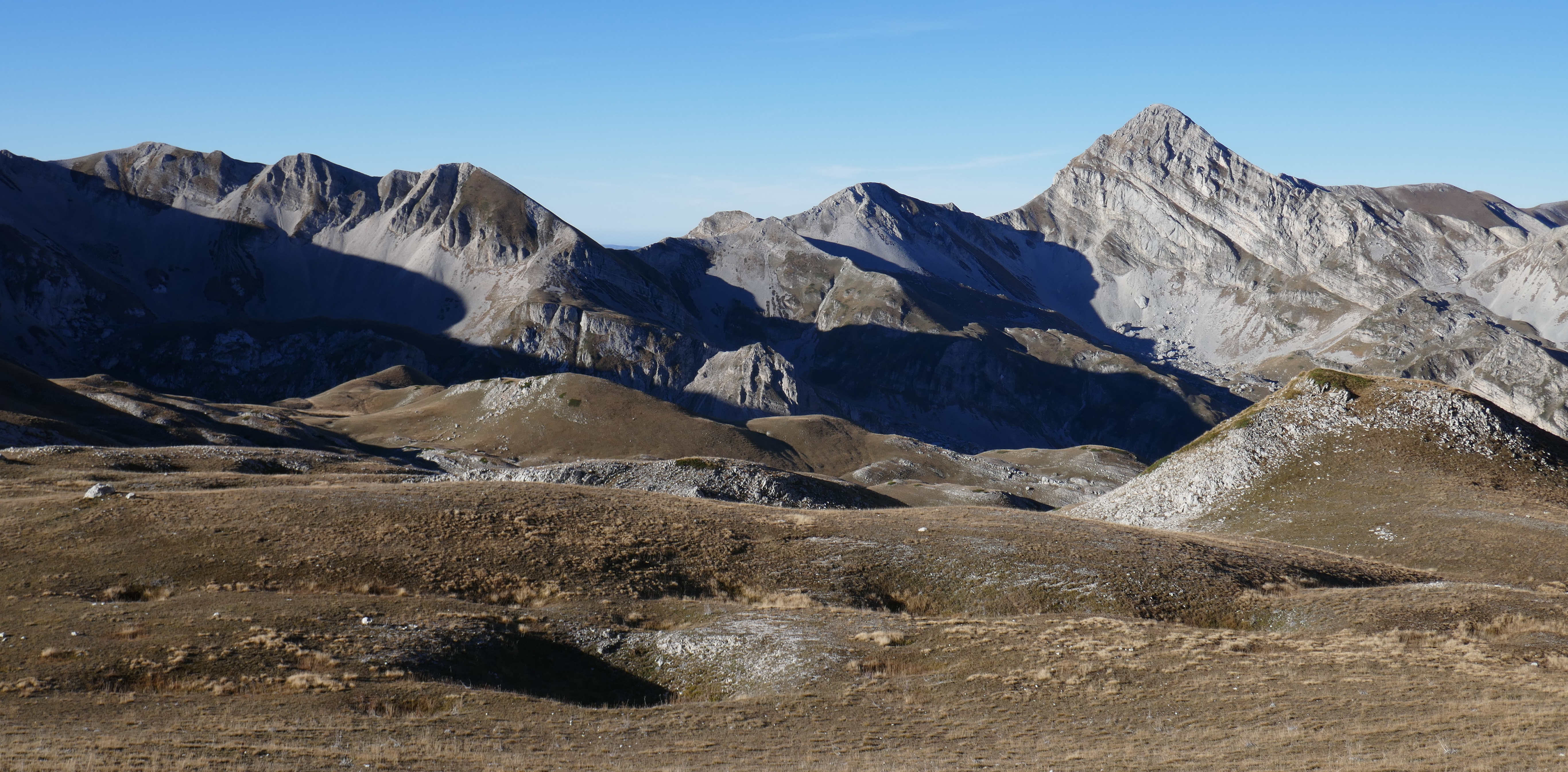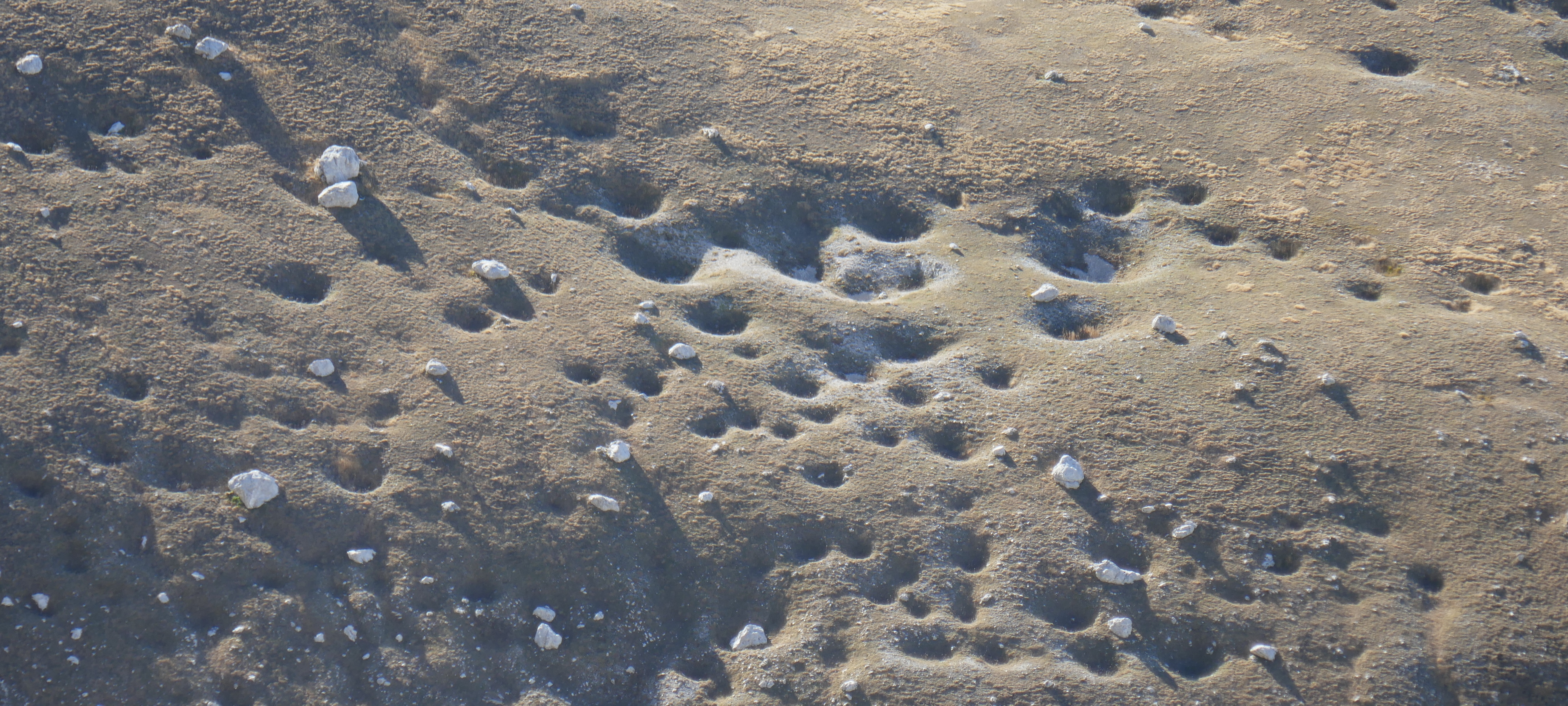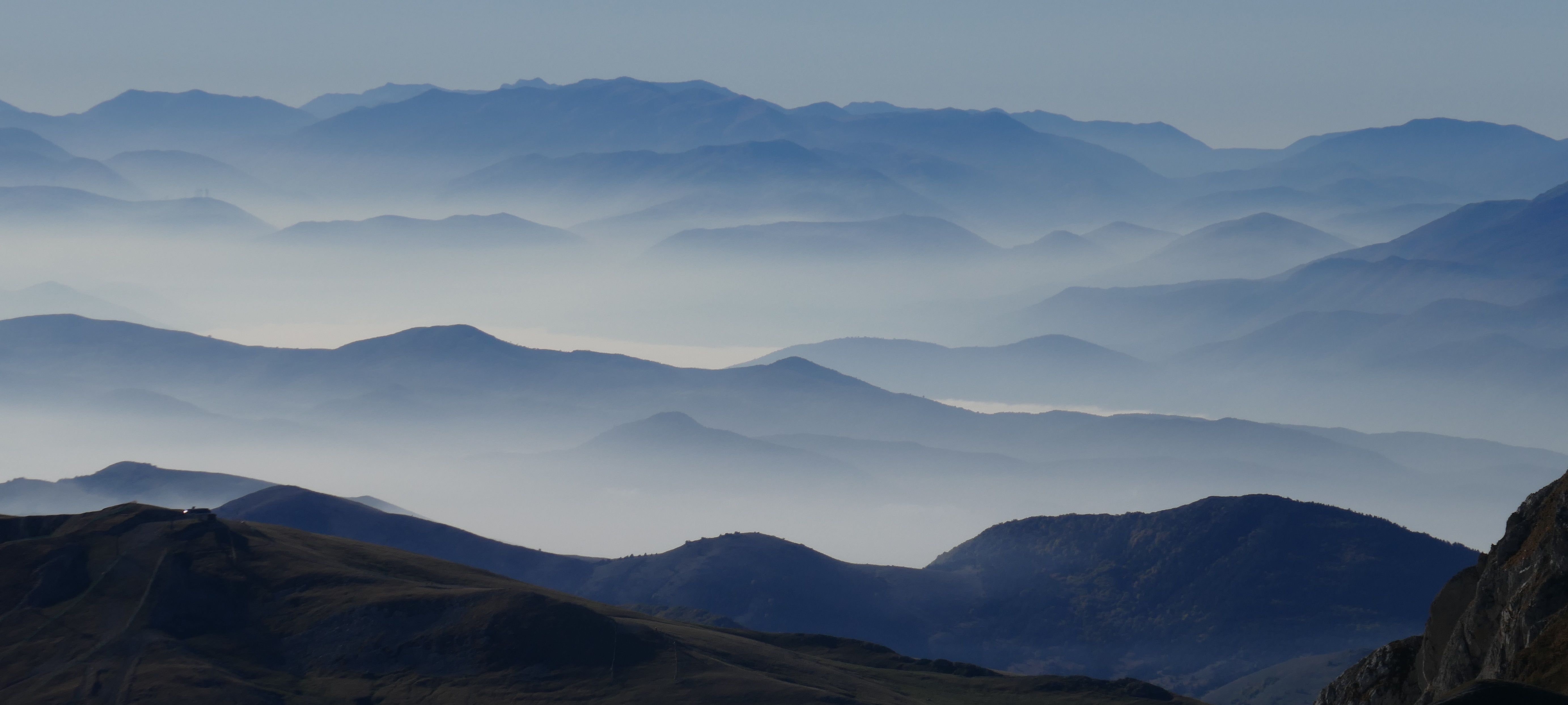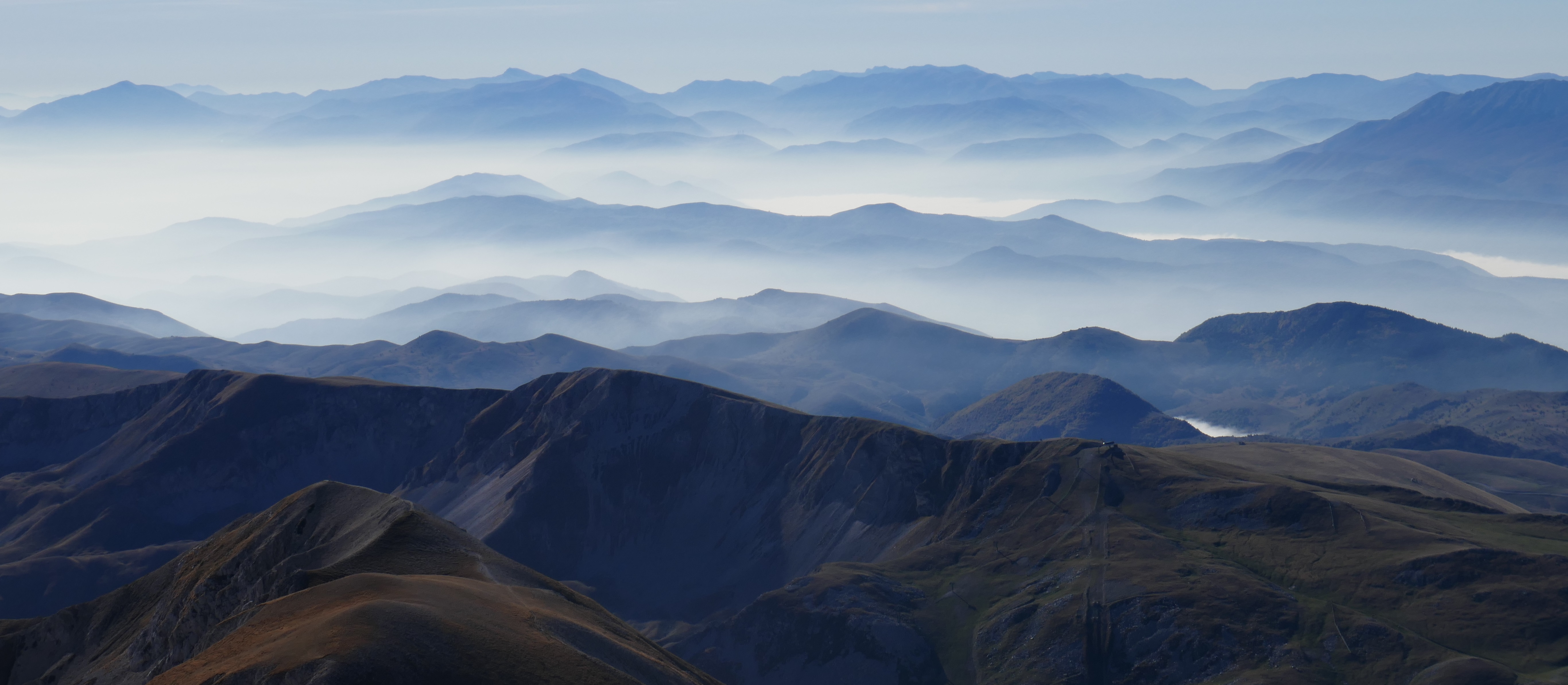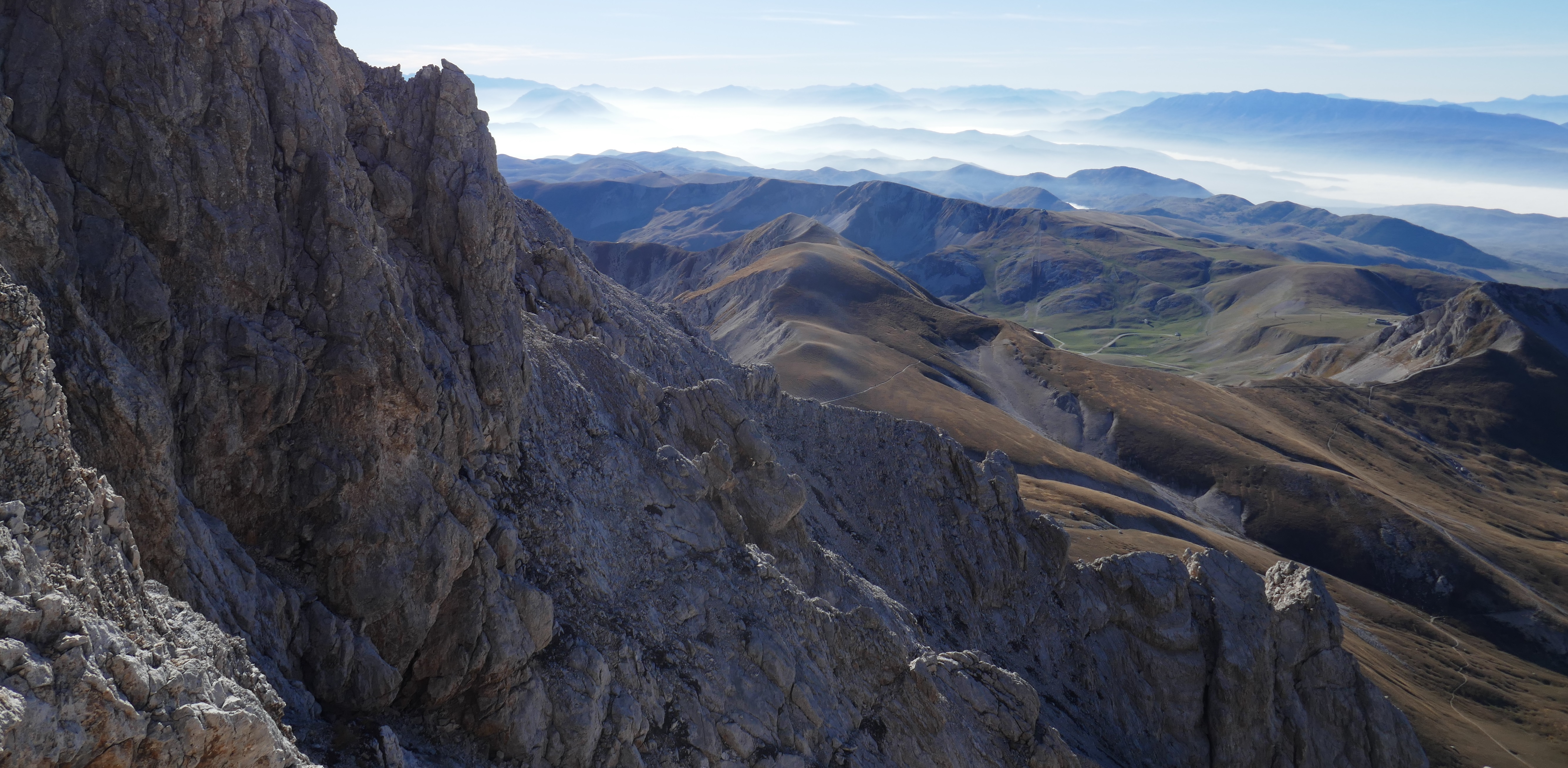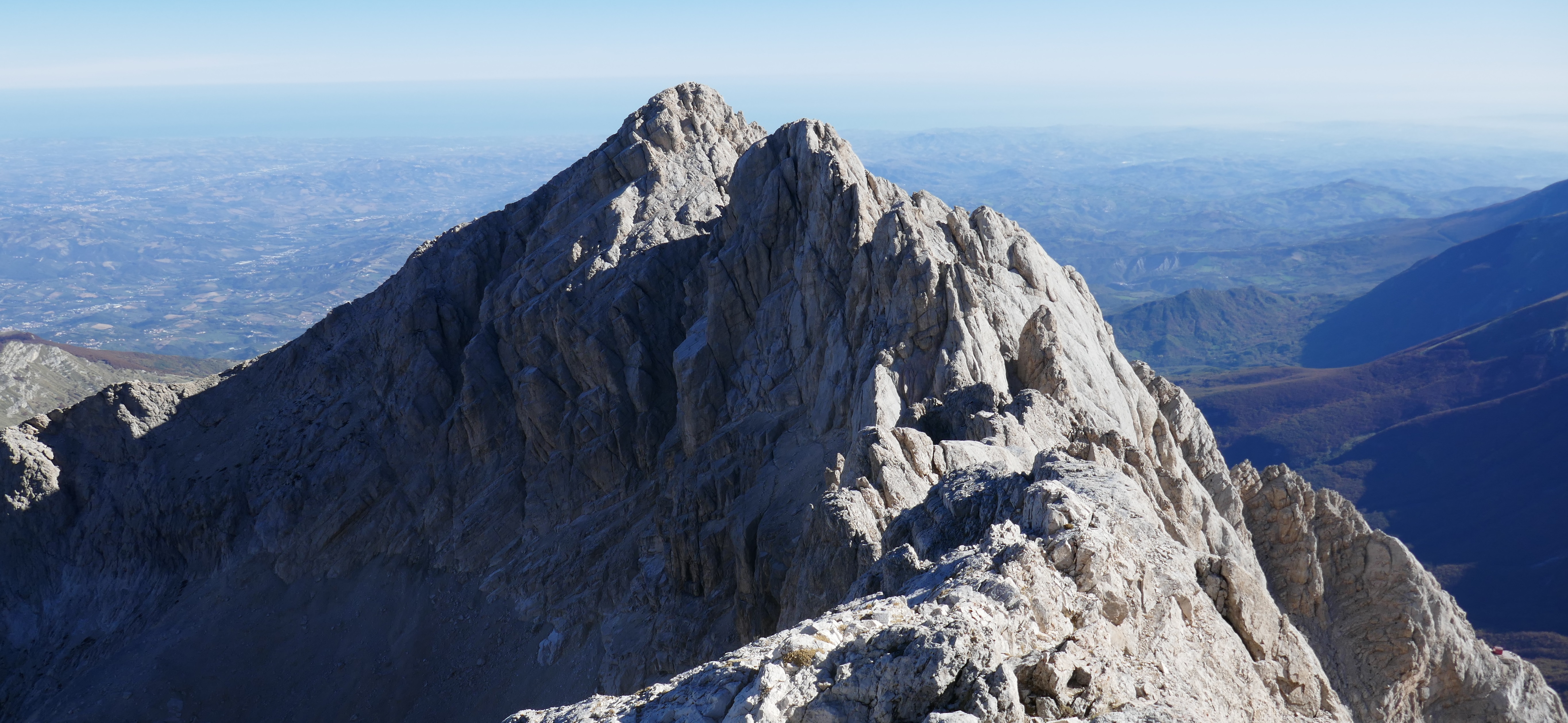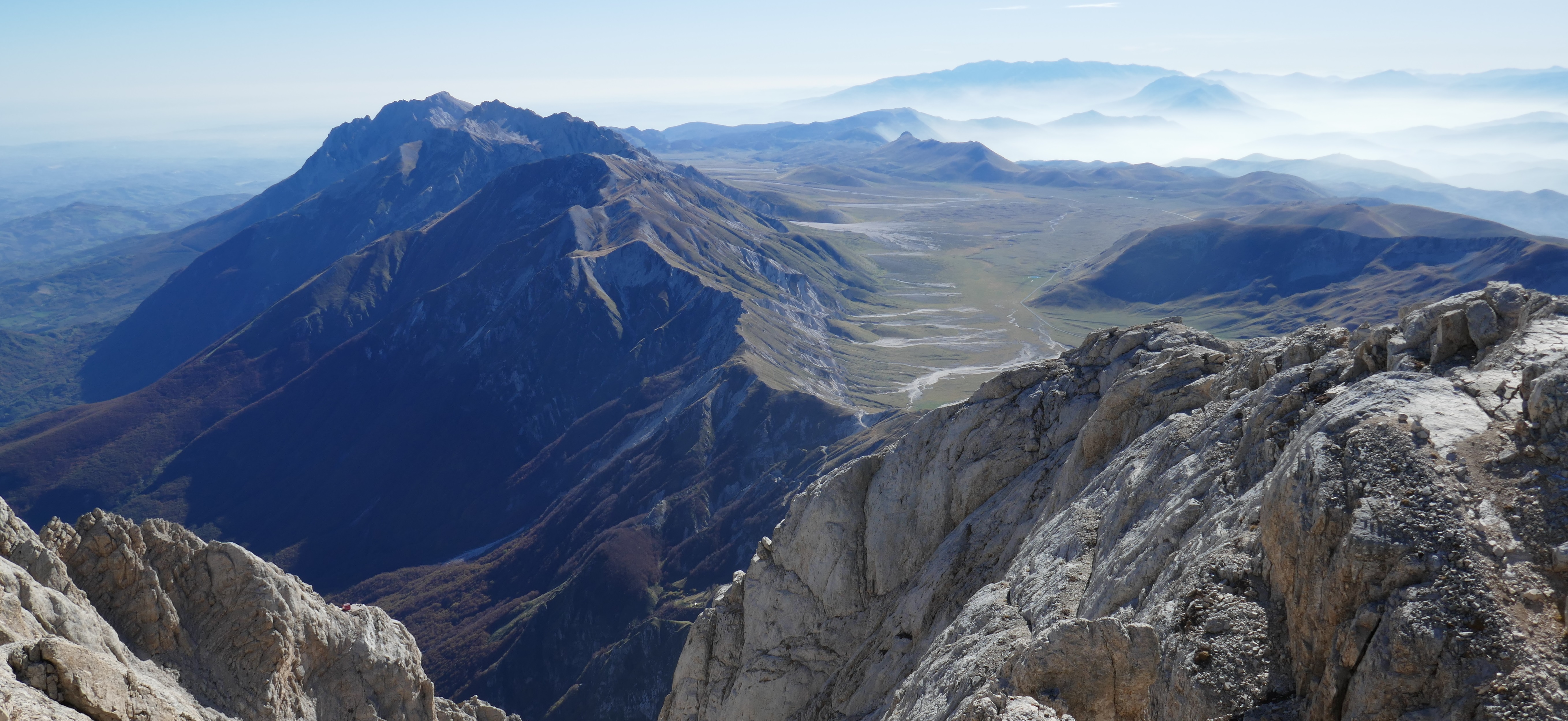The overarching objective of the KARMA project is to achieve substantial progress in the hydrogeological understanding and sustainable management of karst groundwater resources in the Mediterranean area in terms of water availability and quality.
At the scale of the entire region, the main objective is to accomplish the first consistent and detailed Mediterranean Karst Aquifer Map and database (MEDKAM) by building on our existing WOKAM map and database (Figure 1). MEDKAM will include more detailed information related to aquifer type, recharge, vulnerability to contamination and groundwater-dependent ecosystems (GDE), and will allow to perform more advanced analyses with respect to floodwater storage and water stress under conditions of global change (climate change, land-use change, population increase).
At the catchment or aquifer scale, the objective is to advance and compare transferable modeling tools for improved predictions of climate-change impacts and better-informed water management decisions, and to prepare vulnerability maps as tools for groundwater quality protection. These tools will be tested at five test sites (i.e. karst aquifers or karst spring catchments) distributed over the entire Mediterranean region (Figure 1). Hydrological monitoring, isotope studies and tracer tests will be carried out to achieve better hydrogeological understanding and to obtain data for the calibration and validation of models and vulnerability maps.
At the scale of individual springs, the objective is to develop and implement monitoring and early-warning systems (EWS) for groundwater contamination, focusing on short-term contamination events, but also addressing long-term trends. Karst springs are often characterized by long periods of sufficient water quality, interrupted by short but severe contamination events. It is a major challenge to identify these events in time and respond accordingly (Pronk et al. 2007). Under conditions of climate and land-use change, long-term trends in karst water quality are also a concern for many water suppliers, e.g. with respect to nitrate, organic carbon or dissolved oxygen.
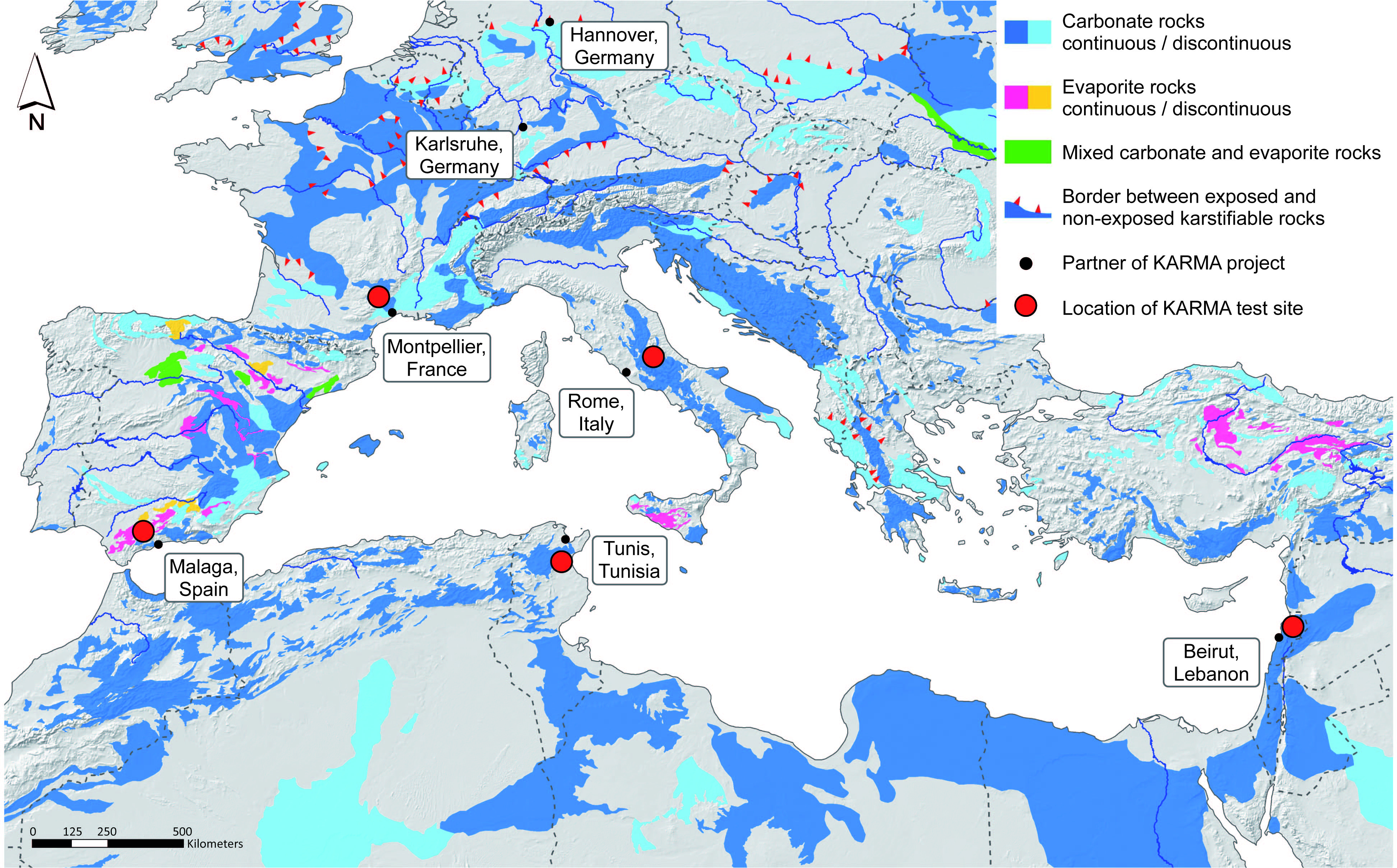
Figure 1 Part of the WOKAM map for the Mediterranean region with the locations of project partners and test sites.
Literature
Pronk, M., Goldscheider, N., Zopfi, J., 2007. Particle-size distribution as indicator for fecal bacteria contamination of drinking water from karst springs. Environmental Science & Technology 41, 8400-8405.
